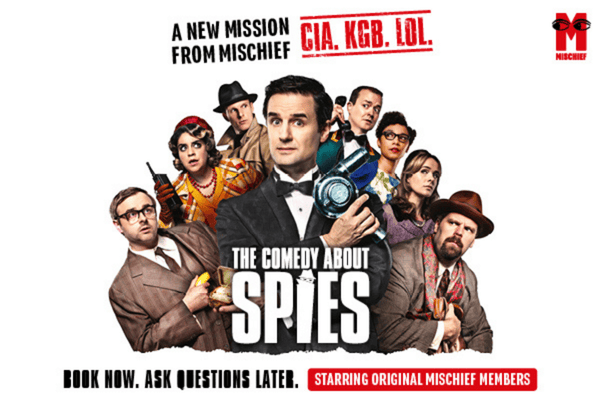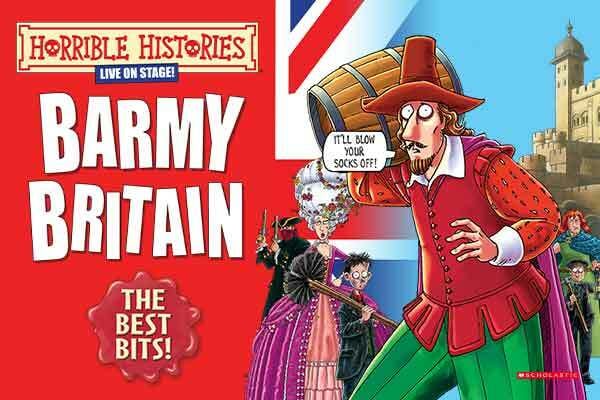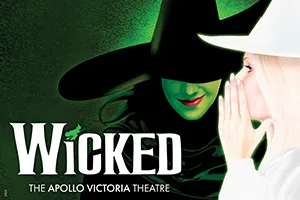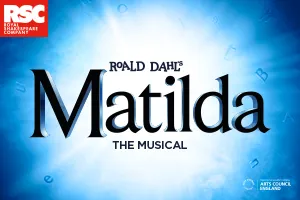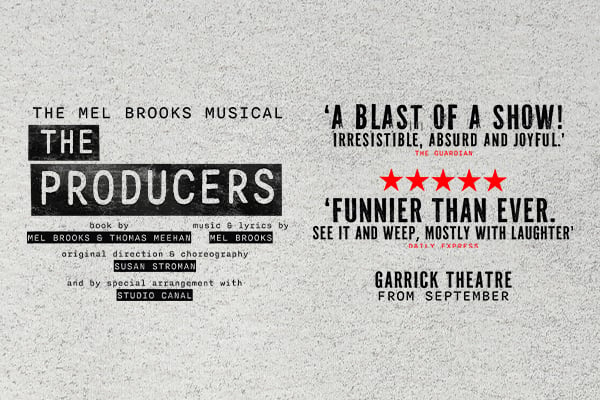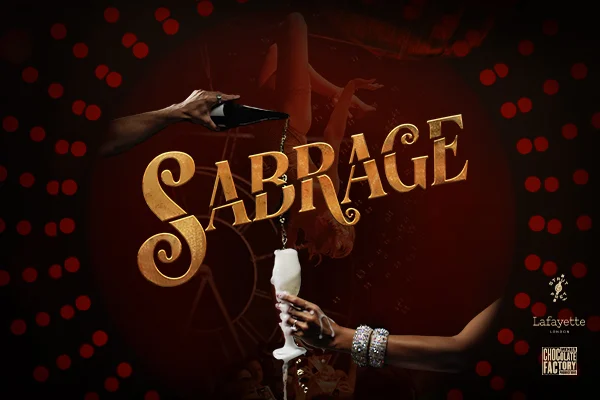Lou Stein is the director of Fear and Loathing in Las Vegas, currently playing at the Pleasance Courtyard. It is Stein’s most recent adaptation of Hunter S. Thompson’s novel about a drugged-up journalist and his attorney – he staged his first adaptation in 1982. Alexander Woolley chatted with Stein about his three-decade-long love affair with Fear and Loathing, rehearsal techniques, and garish seventies shirts in the audience.
The first thing Hunter said was, ‘Does anybody have some hashish?’
When I caught up with Stein, he was taking a break from the madness of festival-season Edinburgh in the Outer Hebrides. “I come out here every year because my sister and younger brother own a little hotel out here,” he says by landline telephone. “And over the years I’ve done a lot of my writing up here, because it’s a splendid chance to get away from everything. In fact I wrote one of the final drafts of Fear and Loathing up here. It’s such a great place to be creative.”
Stein may have finished the most recent final draft of his stage version of Fear and Loathing in Las Vegas in the Outer Hebrides, but his oldest final draft was first staged over thirty years ago. In 1982 Stein was opening a second home for the Gate Theatre, which he had re-founded in the late seventies. The first play to be staged in the Gate’s Battersea branch, which is now known as Theatre 503, was Stein’s adaptation of Fear and Loathing. “I thought I needed a show that would really distinguish itself,” he tells me.
“I reread Fear and Loathing at that time, and I thought it would make a great piece of theatre,” he recalls. “There’s something inherently big and theatrical about the book, and it’s not a typical theatre piece – it doesn’t have a typical build to a crisis… But when I read it, I thought, ‘Gosh this has such theatricality.’”
Since that initial production, Stein has reworked his script for several different occasions. The version currently being shown at the Pleasance Courtyard is, like all the previous ones, bespoke. It was finished just eight weeks ago.
“I tailored it for Edinburgh in a lot of ways,” Stein says. “For one thing I cut the cast to five; it had been eight. And I felt that would focus it much more; it’s much more ensemble now. I had the set redesigned on the revolve to make things quicker, and I cut it to eighty minutes. It had been a two-act play with an interval.”
Stein shortened the script partly under advice from the Pleasance management, but he has come to agree that the play is improved for it. “The initial reason, to be perfectly frank was that the Pleasance said to me, ‘People don’t do two-act plays in Edinburgh.’
“But also there was something about the longer version that gave the audience a kind of ‘out.’ The first half ended when he [Raoul Duke, Hunter S. Thompson’s alter ego] says ‘I have no choice;’ it ended before the journey to the Flamingo [Hotel].
“People go out for a twenty minute break – it gives them the chance to have a drink, to have a breather and to have a chat, but somehow I thought when they came back it lost a bit of the intensity of it… I thought, actually it’s much more effective if the audience go through a real roller coaster that they can’t get off.”
Stein’s other versions include one written for performance just a few months ago at the underground vaults near Waterloo Station, in London. There was also one he wrote in the nineties for a company in Chicago, and a spoken-word version. He is still not finished rewriting.
“Basically what I like doing is reviving it according to capacity [of the venue],” Stein says. “One of the visions I have for the play is to do it in a disused warehouse, where they’d be an open bar, and the moment you walked in it would have a Las Vegas atmosphere. And if I did it that way, I may well add some of the bits I cut out [for the Edinburgh version]… There’s a kind of elasticity to the play that I adapt according to the situation it’s going into.”
Over the course of the Thompson’s novel, which features cartoons by British illustrator Ralph Streadman, Raoul Duke and his attorney Dr Gonzo attempt to cover a motor race near Las Vegas. Instead they take a huge concoction of illegal drugs. The results are predictably hilarious, and unsurprisingly inimical to actually covering stories.
I ask Stein about how he tried to get his actors to embody the state of mind of Duke and Gonzo. “I had the benefit of having a three-day workshop in London,” he says. “It was an open call, so anyone who was interested in being in the show could come, but it was also just a workshop around the techniques that I use that are largely improvisational and I work a lot with physical theatre techniques.
“I’ll give you an example of one of the techniques we practised: I used Ralph [Steadman]’s cartoons and over a period of a couple of hours the actors had to embody, not necessarily Fear and Loathing but they had to use the characters they saw. It resulted in a grotesque, out-size playing style, which I think is right for the show.
“So from that three-day workshop, of all the actors I saw (I saw about 40 over that three day period), four are in the show now. The new person is Sammy [Kissin], who’s the actress. She was cast for Edinburgh, but the others were part of that workshop.”
I press Stein further on whether he used any particularly unusual rehearsal techniques to get the actors closer to the drugs-frenzy Duke and Gonzo undergo. “What like lock them in a basement and give them LSD?” he replies, laughing. “It did cross my mind, but I didn’t do anything like that.
“I do have a passing understanding of some of those drugs, having come from that generation. But you can’t convey that in language. It’s like saying to an actor, ‘Go be drunk.’ What’s it like being drunk? And the real answer to that is that what it’s like to be drunk is very very different from what it’s like for anybody else. You respond according to your physiology. Some people can be one way when they’re drunk, or another way.
“To tell you the truth I got it all from the text, all from Hunter’s writing and Ralph’s caricatures. For me, one of the exciting things about working on a play is taking a book and really understanding what’s going on beneath the words. There’s a lot of people, particularly older people who come along and say, ‘Wow how did you do that? It was exactly like a trip.’ And I’m like, ‘It wasn’t necessarily my experience. All that comes from exploring the play.’
Stein continues by recounting a story from the eighties, when Thompson came to see the dress rehearsal before the show’s premiere. “The first thing Hunter said was, ‘Does anybody have some hashish?’” Stein tells me.
“And I’m like, ‘Oh my God.’ And I’m saying to myself, ‘How can we say no to Hunter Thompson?’ That’s like Louis Hamilton saying, ‘Would you like to come for a spin in my car?’ You don’t say no. You go in the car and you go for a spin.
“So some of the actors – I didn’t, I excused myself and Hunter respected that, he didn’t pressure me – joined Hunter.
“The show was supposed to run about two hours, but it ran three and a half hours. And the actors came running up to me and said, ‘Lou, Lou, wasn’t that great? We did it! We cracked it!’ And I said, ‘That was an hour and a half too long. We’ve got to rehearse at nine in the morning and get back on track!’
“So what I’m trying to point out is that although the drugs revealed something to them, in the playing of it it was completely useless, because it needs that quick sharp-wittedness that’s in the language. And if you’re slow the thing falls apart.”
It turns out the rehearsal process for Edinburgh probably involved more binge-watching videos on the Internet than week-long benders. “Each explored the play in their own way,” Stein says. “I imagine some of them did some form of drugs. I imagine some of them watched wall-to-wall YouTube and really tried to immerse themselves into Hunter and his world. Everybody had his approach.
“You can’t just do Hunter Thompson. You have to get into his state of mind somehow. And one way of doing that is to try drugs, but another way is to really immerse yourself into Hunter’s world, how he writes, which I think is probably the safer route. You can’t do Fear and Loathing without making some attempt to get inside his head.”
Slightly disappointed not to hear tales of Thompson-esque excess, I ask Stein what he thinks of the fans Fear and Loathing inspires – some of the audience members in the Pleasance wear more garish shirts than the cast.
“I love it!” he laughs. “I love it! In fact, I encourage it. I don’t know if you know, but every Wednesday and Sunday we give away a bottle of Wild Turkey, which is Hunter Thompson’s favourite drink, to the person who’s dressed the most garishly. And if someone wants to dress up as a lizard, great, they’ll win a bottle of Wild Turkey!”
Well, that’s sorted what I’ll be wearing this Sunday.
http://www.broadwaybaby.com/shows/fear-and-loathin...
Twitter: @F_LoathingPlay









